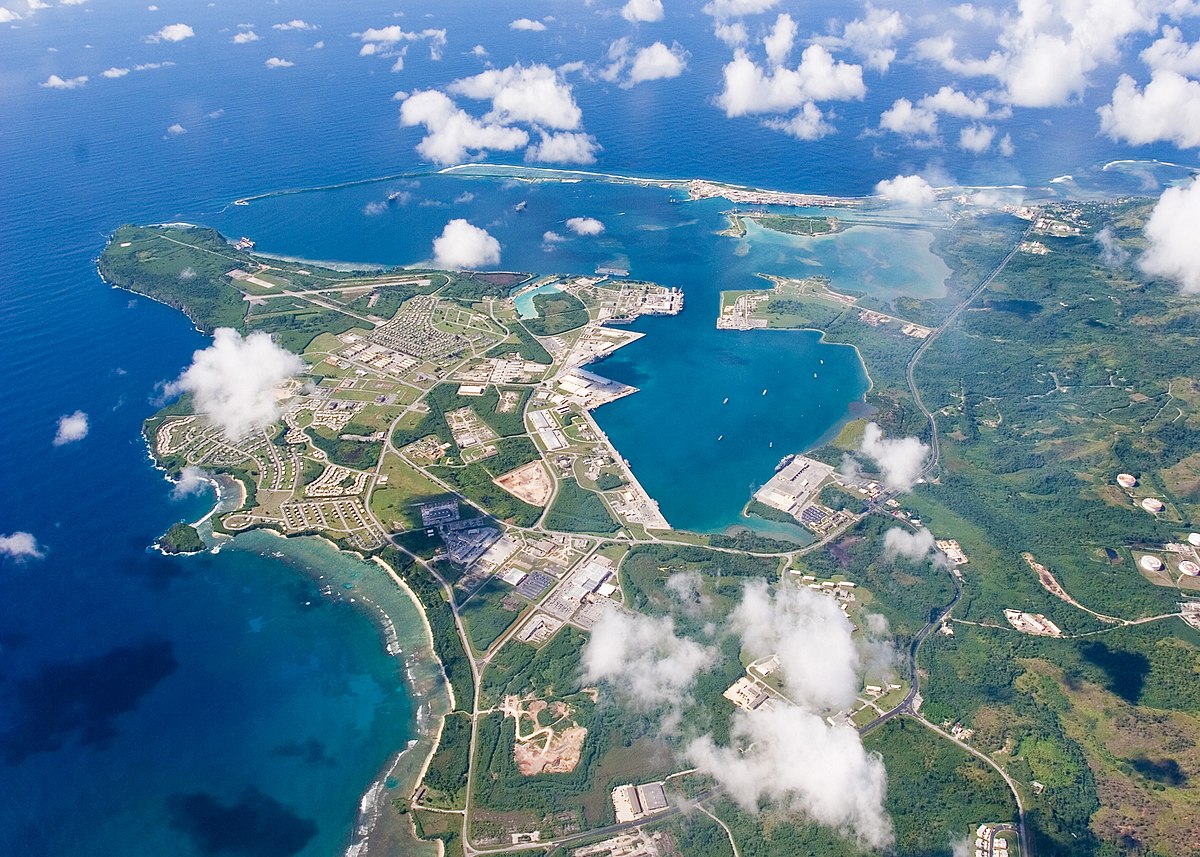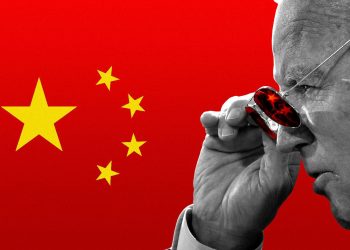The United States has claimed sovereignty over the Pacific territory of Guam since the late 1800s, giving the island a special status as its westernmost point.
Today, Guam -often dubbed a living paradise for its rich wild life and tropical rainforests- plays a key role in America’s military strategies.
A little over three times the size of Washington, D.C, roughly 30 percent of the island has been occupied by American military bases which serve as an outpost for maintaining military presence in the strategic region.
In its decades-long push to militarize Guam, the United States has deployed all kinds of weapons and equipment to the tiny island, from nuclear warheads to B-52 bombers.
The island made the headlines in 2017, when at the peak of an ongoing brawl between Kim Jong-un and Donald Trump, the North Korean leader threatened to attack Guam with tactical nuclear weapons in reaction to the former U.S. president’s threats of war.
Today, the U.S. maintains a large military presence on the island with around 6,000 forces deployed there. The number will nearly double in 2022, when 5,000 more forces are relocated there from Japan’s Okinawa which currently houses some 30,000 troops.
And precisely this is where the problem lies: The U.S. Navy thinks it owns the island and proudly puts this on display by allowing the soldiers to roam around, what rights activists consider a symptom of America’s knack for colonialism in the modern era.
The U.S. grants citizenship to Guamanians by birth but at the same time refuses to give them full citizenship rights.
It calls Guam an unincorporated territory, meaning that its people may acquire full political equality as individuals if they move to any of the 50 states but until they do, they are in a subservient political condition,
This mean they are unable to vote for president, select members of U.S. Congress with voting power and any law passed by local officials in Guam can be overturned by Congress, which also decides which parts of the U.S. Constitution apply to it.
The U.S. government is also fully ignorant of the island’s indigenous people.
Recruitment rate is highest in Guam and most of the U.S. soldiers serving on the island belong to the Chamorro ethnic group (making up 37 percent of the population on the island). To many rights activists, it looks like they represent the army of the non-existent sovereign country of Guam.
The plight of the indigenous people of Guam came to an embarrassing head in March, when Republican Representative Marjorie Tyler Greene of Georgia put Guam in a group with China, Russia and other countries that Washington should not give American tax dollars to.
“Our hard-earned tax dollars should just go for America, not for, what, China, Russia, the Middle East, Guam, whatever, wherever,” she said.
United Nations steps in
Last week, three U.N. human rights officials released a letter to the U.S. government, in which they doubled down on calls by Chamorro activists to address concerns about the way Guam’s ethnic minorities are treated.
The special U.N. rapporteurs expressed concern over “America’s increased military presence in Guam and the failure to protect the indigenous Chamorro people from the loss of their traditional lands, territories, and resources.”
They also called on American officials to give the indigenous communities “right to free, prior and informed consent and self-determination.”
Juan Aguon, head of the Blue Ocean Law firm which helped push the officials to send the letter, said it was “deeply validating.”
“It says to the world ― not just to the U.S. ― that might does not make right, that many of us have been right all along,” he said.


















